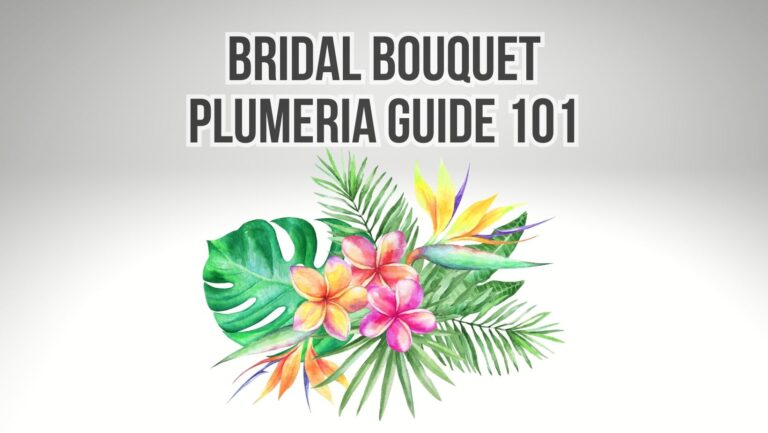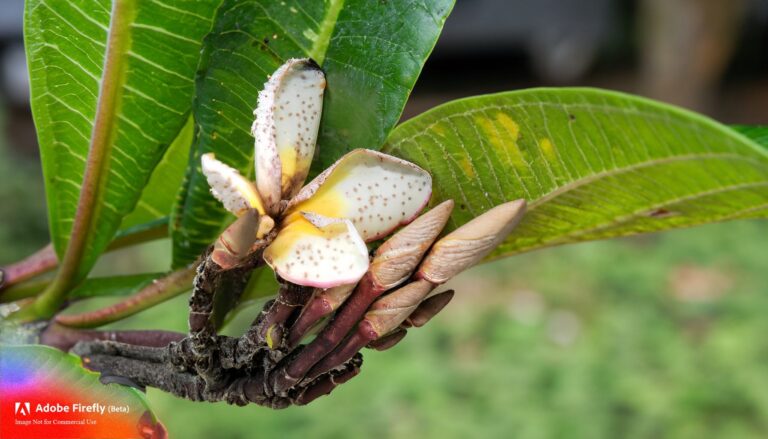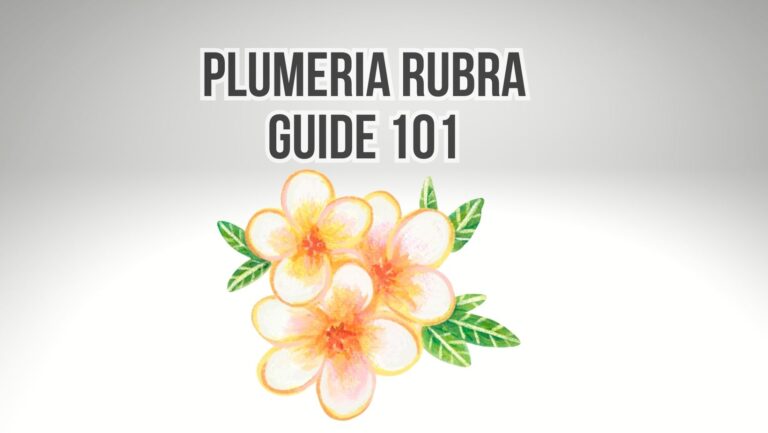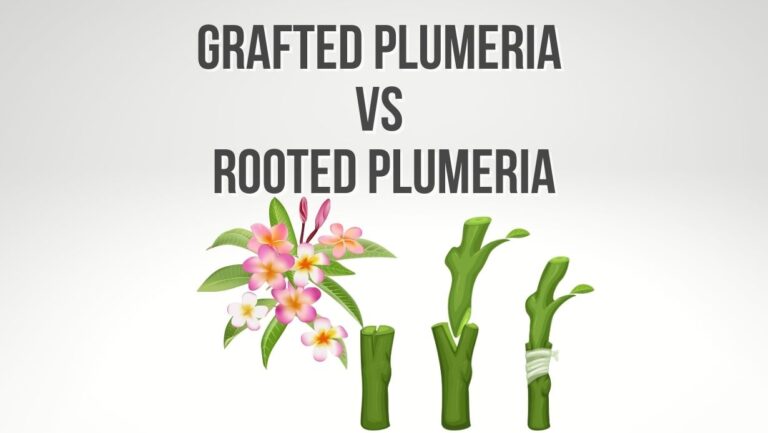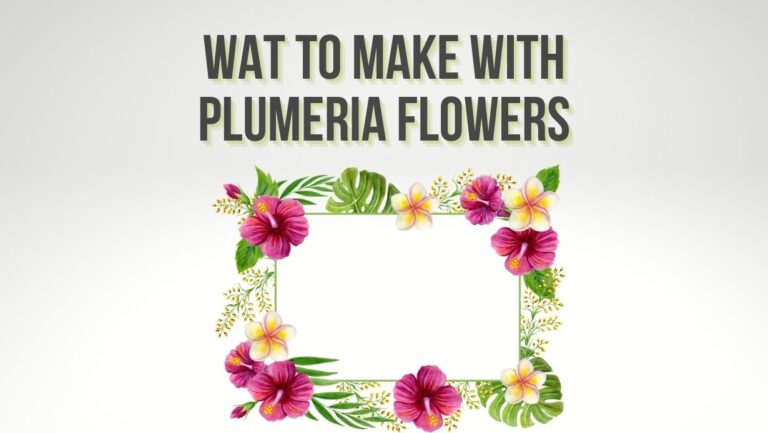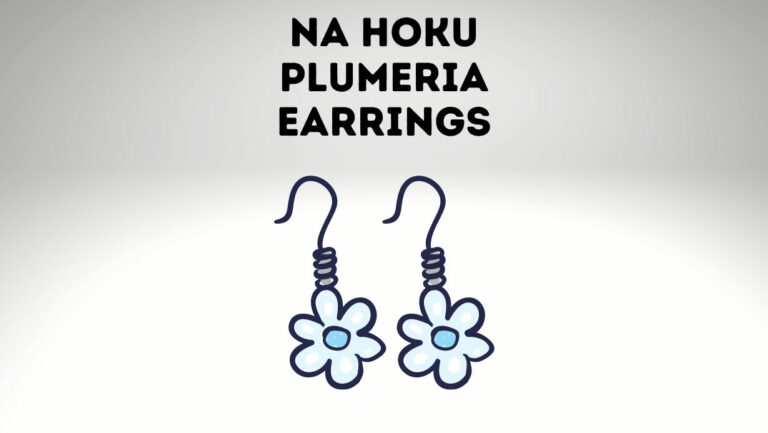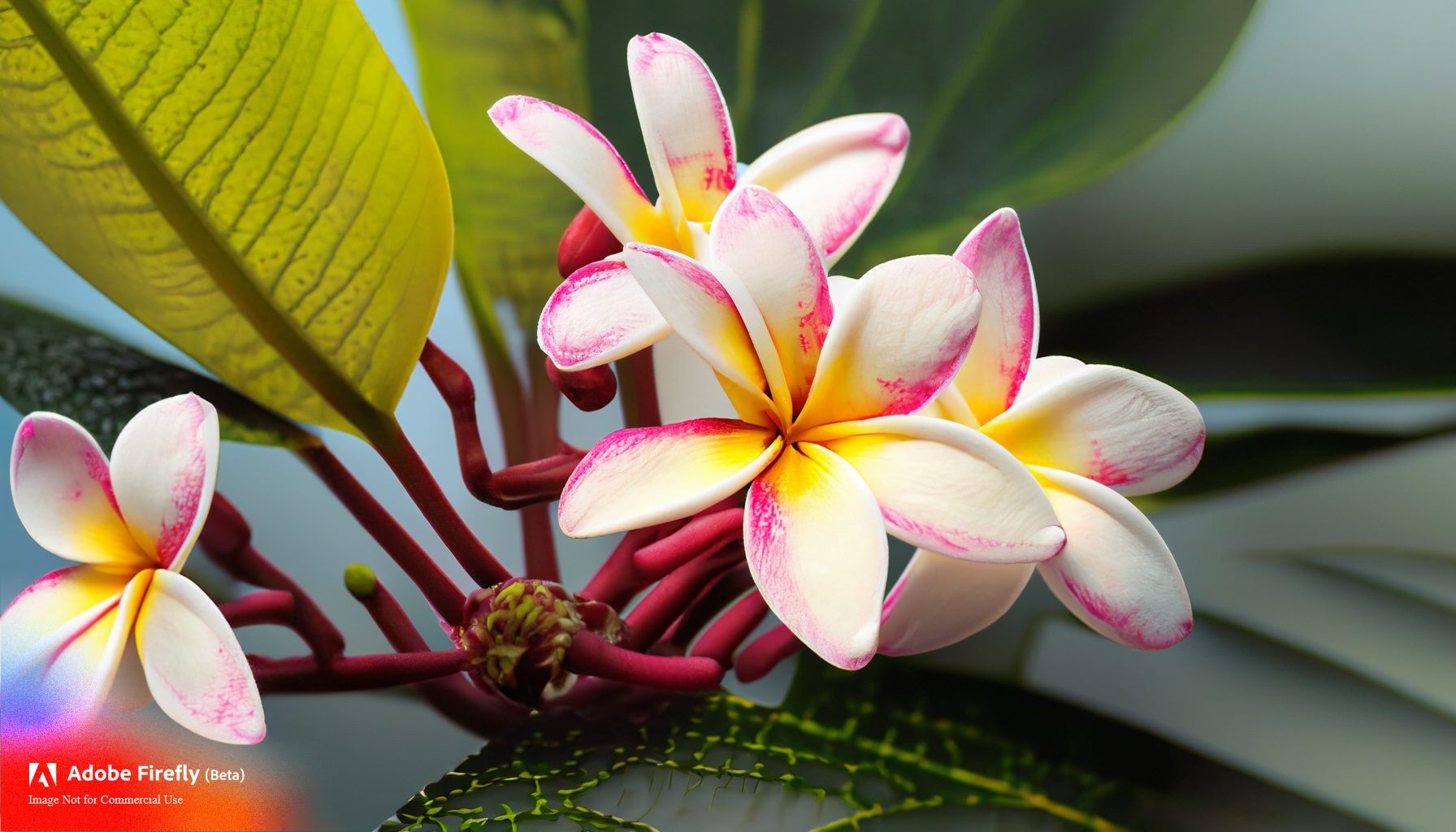
Introduction
Plumerias, also known as frangipani, are beloved for their captivating fragrance and vibrant blossoms. Hybridization is an artful technique that allows plant enthusiasts to create new plumeria varieties with unique colors, shapes, and characteristics. This process involves carefully selecting parent plants, hand-pollinating flowers, and nurturing the resulting seeds or seedlings. In this article, we’ll explore the fascinating world of plumeria hybridization techniques, guiding you through the steps to create your own floral masterpieces.
Why Hybridize Plumerias?
Hybridization offers the opportunity to introduce novel traits and features to plumerias, including distinct flower colors, patterns, sizes, and fragrances. It’s a way to express creativity, experiment with genetics, and contribute to the diversity of this beloved plant species.
Plumeria Hybridization Techniques
1. Parent Plant Selection:
- Choose parent plants with desirable traits that you wish to combine in the offspring. This could include flower color, fragrance, shape, size, and growth habits.
- Consider both the male (pollen donor) and female (seed parent) parents when selecting plants.
2. Flower Staging and Timing:
- Observe the flowers of both parent plants to determine their readiness for pollination. The female parent should have a receptive stigma, while the male parent should have mature pollen.
3. Hand-Pollination:
- Gently remove the anthers (pollen-producing structures) from the male parent’s flower using tweezers or a small brush.
- Transfer the pollen to the stigma of the female parent’s flower, ensuring direct contact between the pollen and stigma.
4. Bagging and Labeling:
- Cover the pollinated female flower with a breathable bag or mesh to prevent unwanted pollination from other sources.
- Label the pollinated flower with the names of the parent plants and the date of pollination.
5. Seed Development and Collection:
- As the pollinated flower develops into a seed pod, observe its growth and monitor its progress.
- Once the seed pod matures and begins to dry, carefully collect the seeds.
6. Seed Germination and Growth:
- Plant the collected seeds in a well-draining potting mix and provide warmth and humidity to encourage germination.
- As the seedlings grow, monitor their development and select the strongest and healthiest ones for further cultivation.
7. Vigorous Selection:
- As the seedlings mature, continue selecting those with the desired traits you’re aiming to achieve.
8. Careful Nurturing:
- Provide optimal growing conditions, including proper lighting, watering, and fertilization, to promote healthy growth.
9. Patience and Observation:
- Plumeria hybridization is a long-term project that requires patience. Observe the growth and development of the seedlings over time.
10. Naming and Sharing:
- Once your hybrid plumeria reaches maturity and produces its unique flowers, consider giving it a special name to reflect its distinctiveness.
- Share your hybrid creations with fellow enthusiasts and contribute to the beauty and diversity of the plumeria world.
Conclusion
Plumeria hybridization is a rewarding journey that combines artistry, science, and a deep appreciation for these captivating plants. Through careful parent plant selection, hand-pollination, seed collection, and nurturing, you have the opportunity to create plumeria varieties that carry your unique touch and reflect your creativity. With dedication and patience, you can contribute to the world of plumeria enthusiasts by sharing your remarkable hybrid creations and adding to the rich tapestry of colors, shapes, and fragrances that make plumerias so beloved.

